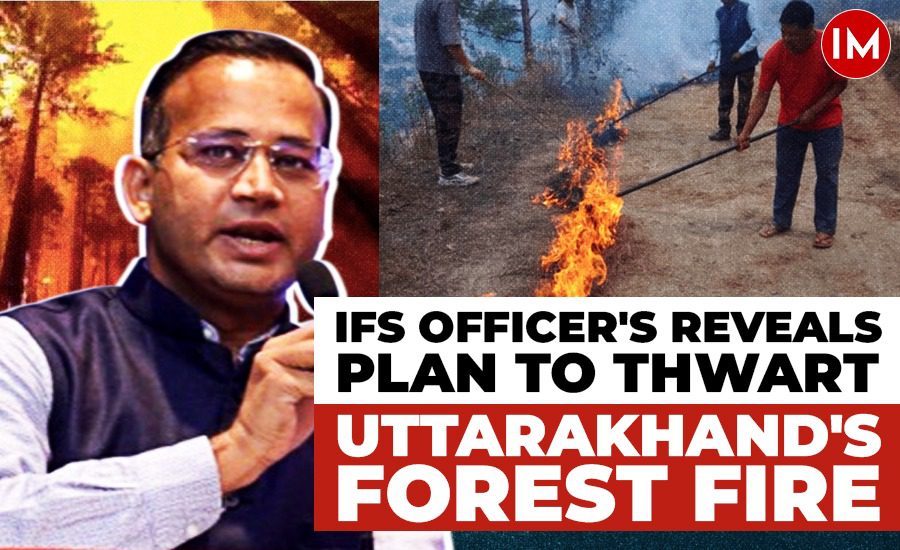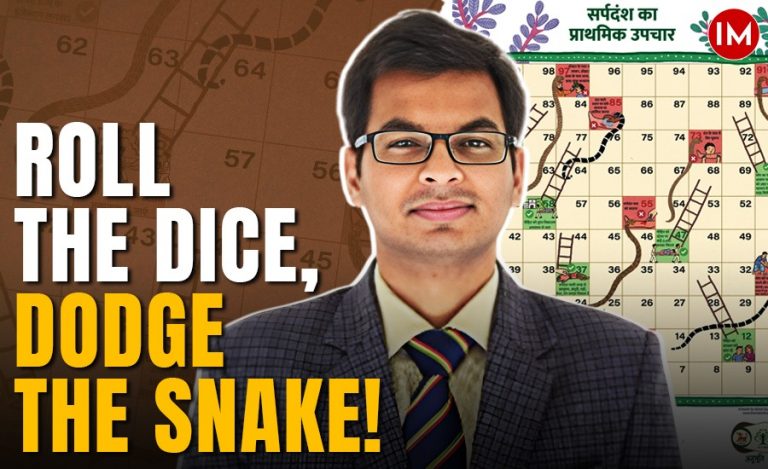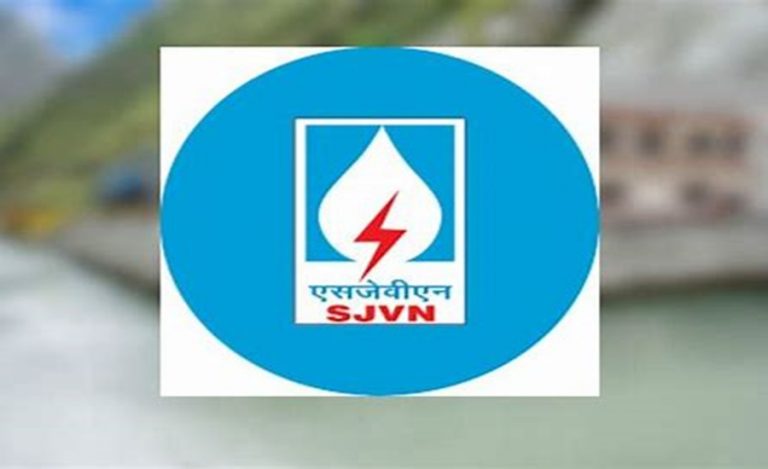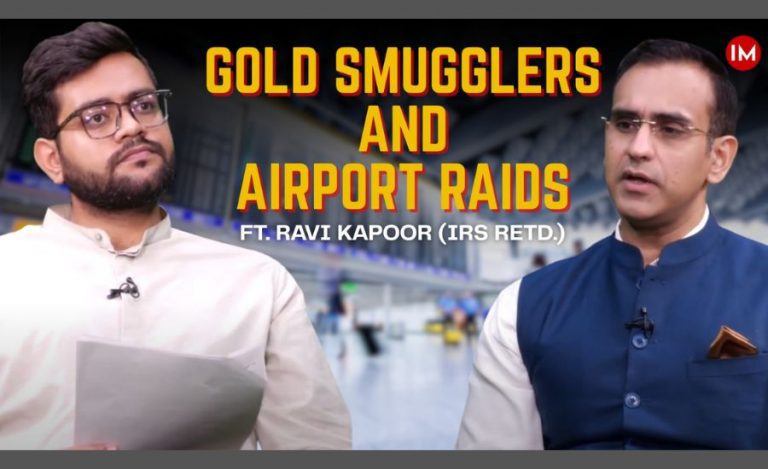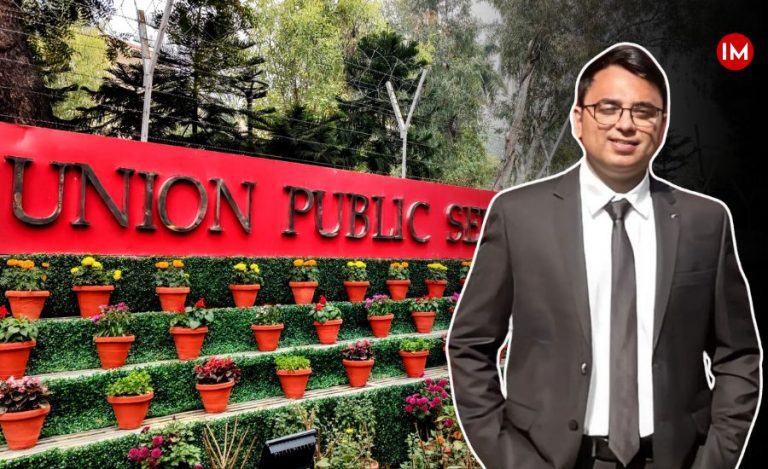Nestled in the Himalayas and renowned for its stunning natural beauty and spiritual significance Uttarakhand is on fire this year. Over 1,000 forest fires have been recorded this year, mainly in districts like Nainital, Almora, Pithoragarh, Pauri, and Uttarkashi. These fires, fueled by dry forests due to climate change and a lack of winter rain, have led to significant damage, including the loss of lives and over 1,400 hectares of forest. Despite recent rainfall helping to extinguish some fires, the threat remains, with ongoing efforts to assess the economic and ecological impact. The Supreme Court has taken notice, summoning the Chief Secretary to explain the situation. Recently, the Chief Secretary assured personal attention from her and her team to prevent and tackle forest fires in the state.
“The forest department has identified multiple factors fueling the fires, including out-migration, high-tension wires, abundant pine trees, rising temperatures, and a lack of local awareness. Despite the department’s reliance on traditional techniques during outbreaks, could proactive measures have mitigated the situation? Indian Masterminds interviews IFS officer Dr. Abdul Qayum, currently serving as DFO in Middle Andaman, to discuss the current situation in Uttarakhand and potential preventive measures.”
During his tenure in Tawang, Arunachal Pradesh, Dr. Qayum developed E-ForestFire Predictive Modelling including an Android app to forecast forest fire. This innovative project earned recognition from the Department of Administrative Reforms and Public Grievances, Government of India, leading Dr. Qayum and his team to receive the National Award for E-Governance 2019-2020.
FOCUS ON PREVENTION
Dr. Qayum highlights the importance of both pre-event preparation and post-event response in managing natural and man-made disasters. He questions whether the preventive measures taken in many states are strategically planned or merely done for appearances. Unlike unpredictable events like Covid, forest fires can be anticipated and controlled beforehand. Dr. Qayum emphasizes that preventive measures are crucial, especially in challenging terrains like Arunachal or Uttarakhand. If the fire breaks out, its manageable for few areas but for most of the areas we have to wait for rain or fire to douse by itself and nothing else would work effectively due to geographically tough unreachable terrains”, he said.

STUDYING THE FACTORS
From February to June, forest fires typically occur, propelled by various factors that aid in their spread. During his tenure as DFO in Tawang from 2017-18, Dr. Qayum used Australia and Uttarakhand as case studies. Together with his team, they meticulously analyzed the contributing factors to forest fires, identifying hotspots and formulating preventive strategies based on their findings.
Dr. Qayum emphasizes the significance of both natural and socio-economic factors in predicting forest fires. He conducted detailed analyses of parameters such as fuel load, canopy cover, vegetation type, temperature, humidity, and nearby population density and livelihood dependence. By cross-referencing this data with a decade’s worth of forest fire data from the Forest Survey of India, Dr. Qayum and his team identified 560 priority villages out of 5200 as hotspots. Additionally, they developed an app capable of predicting specific forest fire-prone areas based on their findings. “We must strategically allocate our limited resources to achieve maximum impact. In identifying hotspots, we employed traditional methods such as cutting fire lines and establishing watch towers for enhanced monitoring coupled with geo-spatial tools like Remote Sensing/GIS for identifying right place at right time.. Additionally, implementing a reward system for information sharing proved effective in Tawang.”
The officer highlighted the importance of conducting vulnerability mapping for forest fires, a practice already implemented in many states. He suggested that Uttarakhand, given its susceptibility to such incidents, could benefit from adopting this approach. Furthermore, he noted that the e-Forest Fire app could facilitate hotspot marking if provided with the necessary database.
At present, the FSI offers thermal sensor-based data and alerts, but there’s a significant delay of 4-5 hours. By the time this information reaches the relevant authorities, the situation often escalates beyond control. Dr. Qayum recommends a proactive approach, suggesting that authorities should anticipate the upcoming forest fire season in February and strategically position their resources beforehand.
IS PINE TREE A PROBLEM?
The high oil content in pine needles and cones acts as a catalyst for forest fires, making them a significant hazard in Uttarakhand. Dr. Qayum suggests addressing this issue by gradually replacing pine trees with other species. While this transformation won’t occur overnight and may take years to complete, proactive steps can be taken. For instance, banning the cultivation of pine trees in nurseries and gradually introducing alternative species could be a viable approach. Dr. Qayum draws parallels from his recent posting in Andaman, where teak trees were replaced with Pdauk as a successful example of such a transition. “
We recognized that teak is ill-suited for the climate of Andaman. Therefore, we are replacing it with the native species called Pdauk. We are planting approximately 70-80 thousand trees every year in his Division every year, and within 10-15 years, the entire canopy will undergo a transformation,” stated the officer.
FIRE CAN BE HEALTHY FOR FOREST?
The officer advocates for the controlled use of fires as a beneficial practice, provided they remain manageable. Controlled fires promote the regeneration of native tree species and help eliminate weeds. The forest department conducts such activities after thorough analysis of weather conditions and available resources. However, when fires spiral out of control, they become detrimental to the environment and exacerbate climate change, he emphasized.

